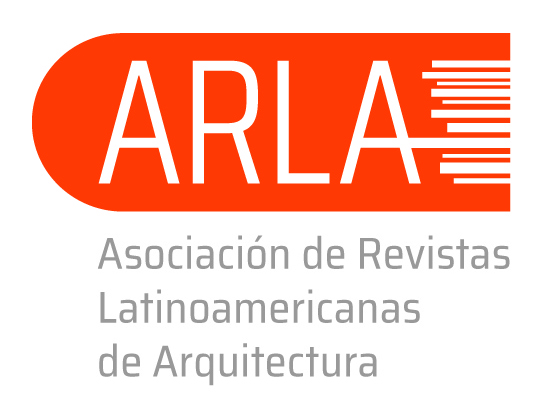Safe luminous spaces configuration in exhibit rooms
Dynamic evaluation of the visual and lighting comfort
DOI:
https://doi.org/10.14409/ar.v12i22.11097Keywords:
architecture; coast; history; tourism; UruguayAbstract
Daylighting provides significant benefits in architectural spaces, providing dynamism and enhancing the experience of the occupants in terms of wellbeing, health, and luminous and visual comfort; while leveraging energy sustainability. However, art exhibits have a difficult relationship with sunlight, as its variability makes for complications to control it, such as potential glare to occupants and artwork conservation issues due to overexposure to light.
In this research I explore the luminous qualities of such spaces in Arica, Santiago and Punta Arenas to create a luminous ambience that allows for the artwork preservation without affecting the wellbeing of visitors. Through the measure of dynamic daylight metrics, findings show the best results to attain a comfortable luminous ambient were UDI 100-3000lux and ASE 1000/250hours . The daylight Glare Probability (DGP) index was used to rate human visual comfort, along with the UDI 0-200lux and ASE 1000/0hours modified metrics which allowed to rate the luminous security for artwork. From the results’ analysis, I concluded that the key factor is illuminance range max tolerance of 200 lux (IESNA, 2011), excluding direct daylight, accepting an imperceptible DGP percentage.
Published
How to Cite
Issue
Section
License
ACCESO ABIERTO
ARQUISUR Revista es una publicación de acceso abierto y sin ánimo de lucro. No se imputan cargos por la recepción, revisión, evaluación, publicación ni acceso a sus contenidos. Se distribuye bajo una Licencia Creative Commons CC Atribución-NoComercial-SinDerivadas 4.0 Internacional (CC BY-NC-ND 4.0): No se permite un uso comercial de la obra original ni la generación de obras derivadas. Esta licencia no es una licencia libre, y es la más cercana al derecho de autor tradicional.
DESCARGO
Los criterios expuestos en los artículos son de exclusiva responsabilidad de sus autores y no reflejan necesariamente la opinión del Comité Editorial ni de la Dirección Editorial Técnica. Los derechos de los artículos publicados pertenecen a sus autores o editoriales. Los autores ceden sus derechos de publicación al Centro de Ediciones de la Universidad Nacional del Litoral de Santa Fe, Argentina.














